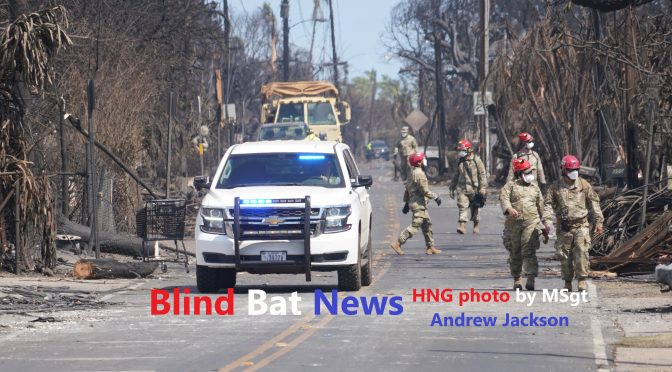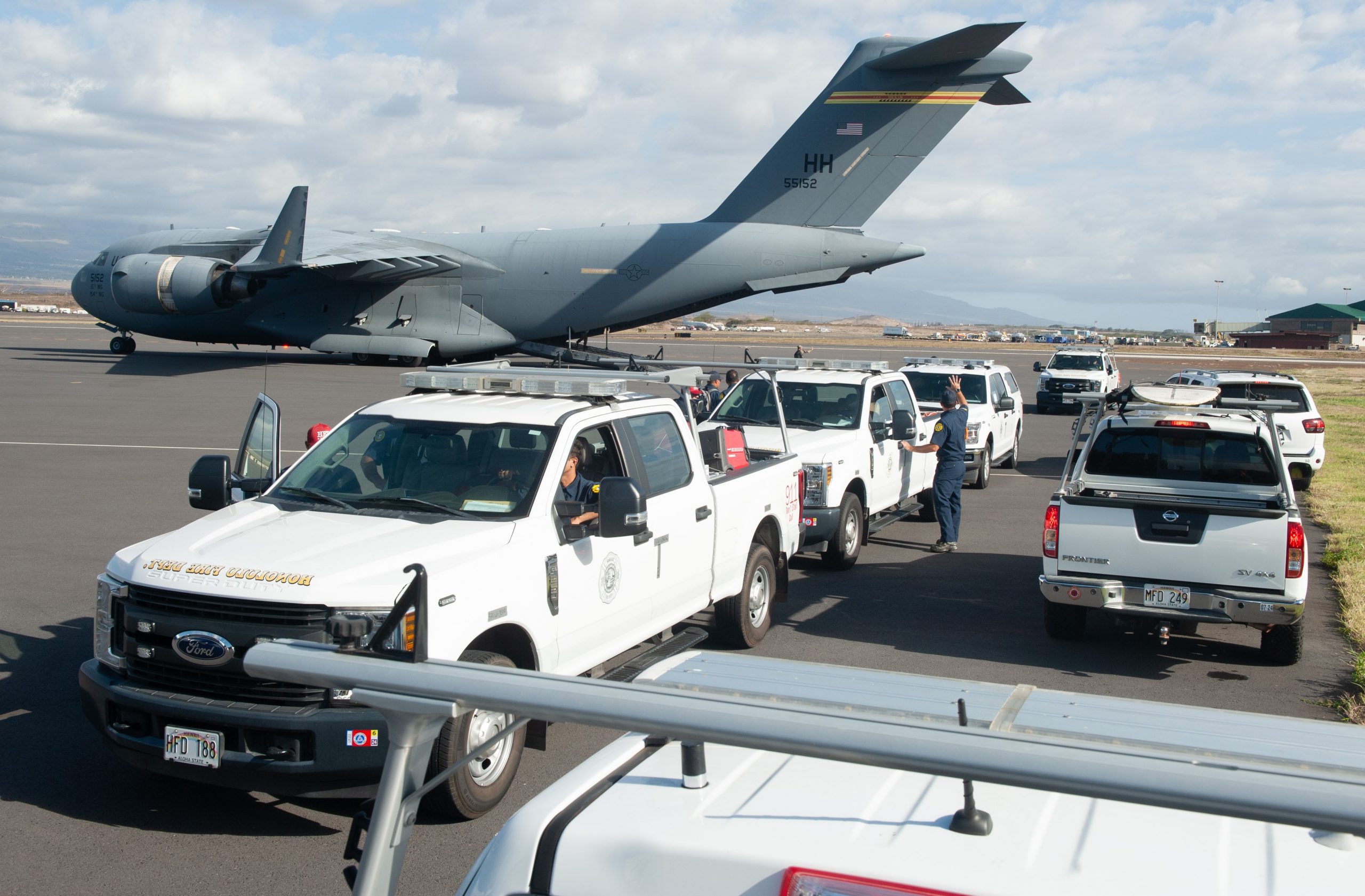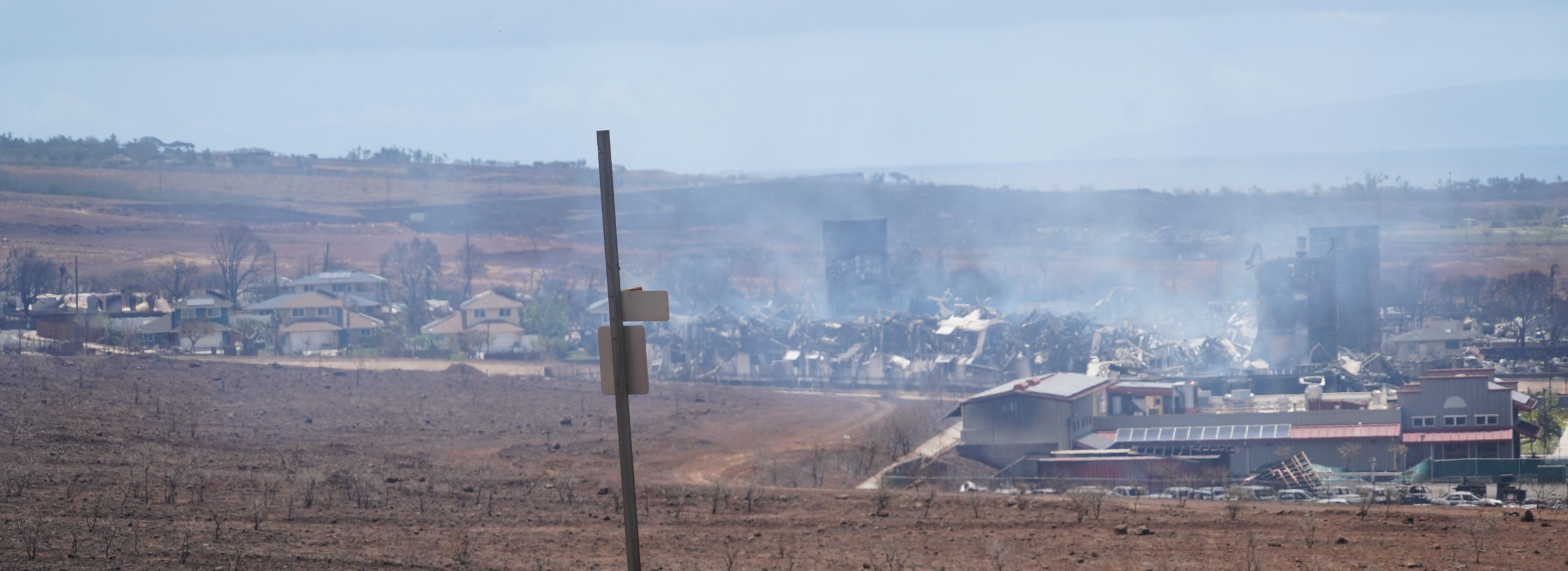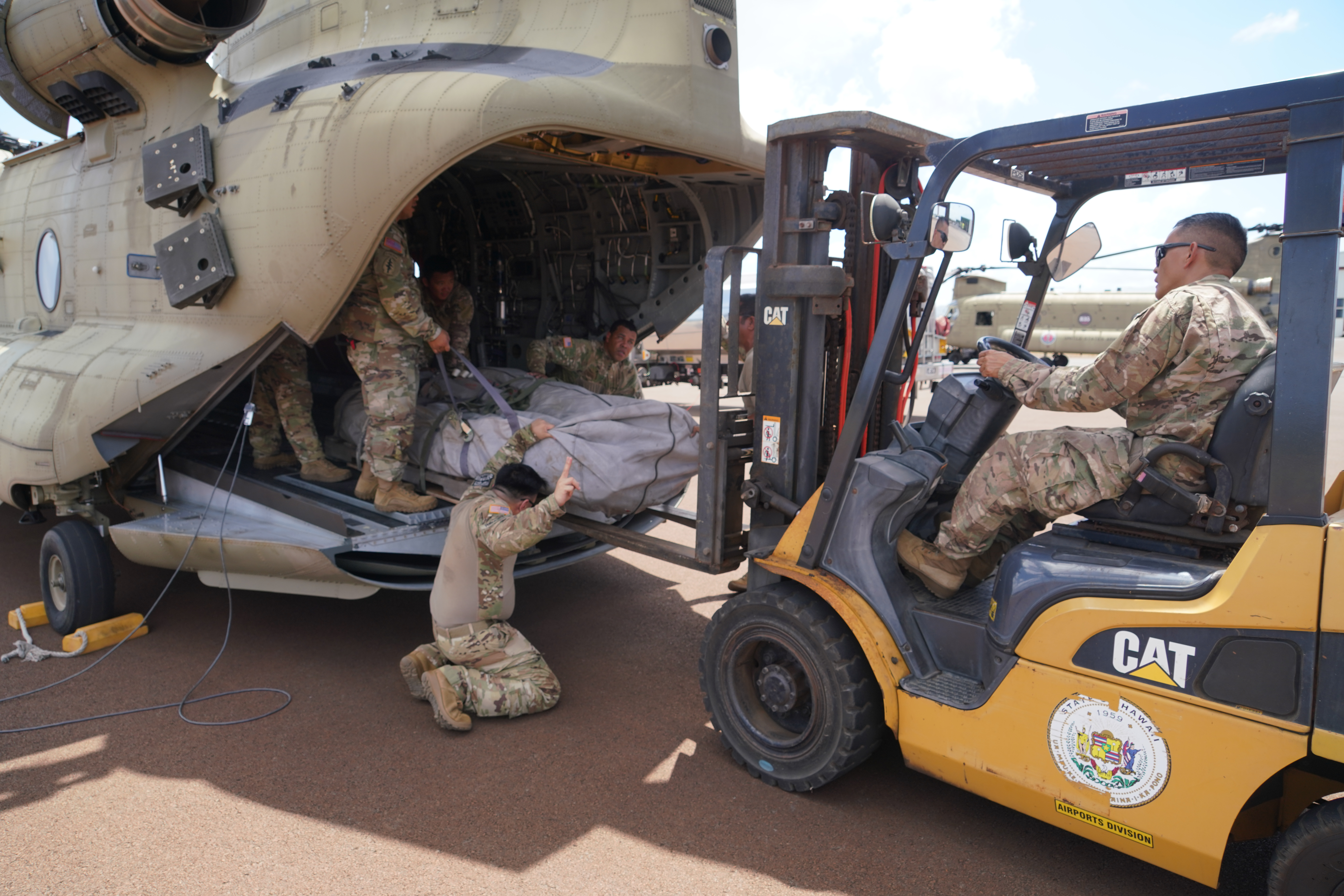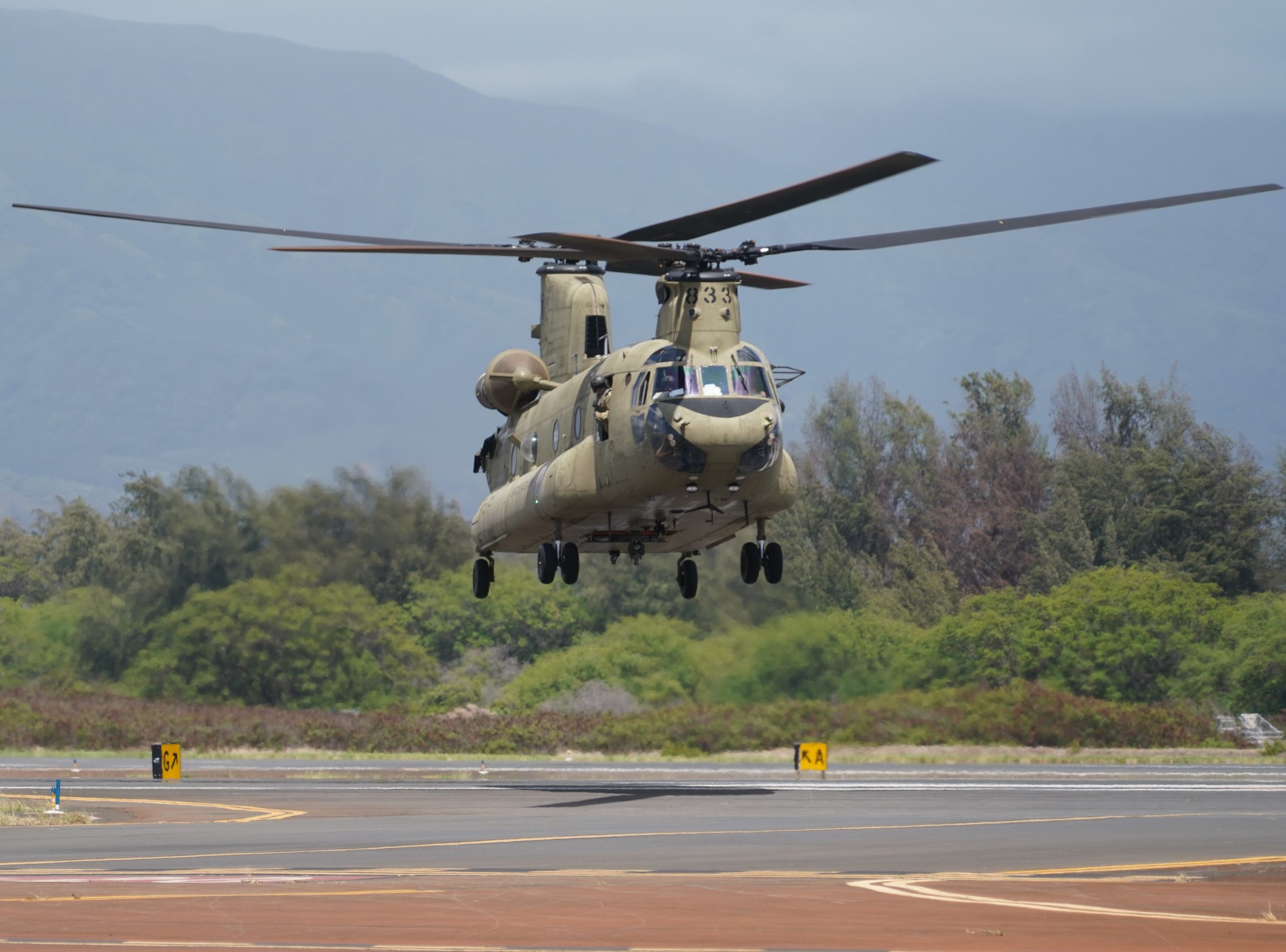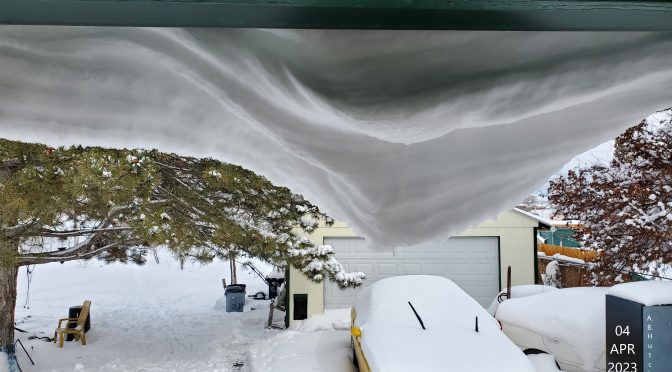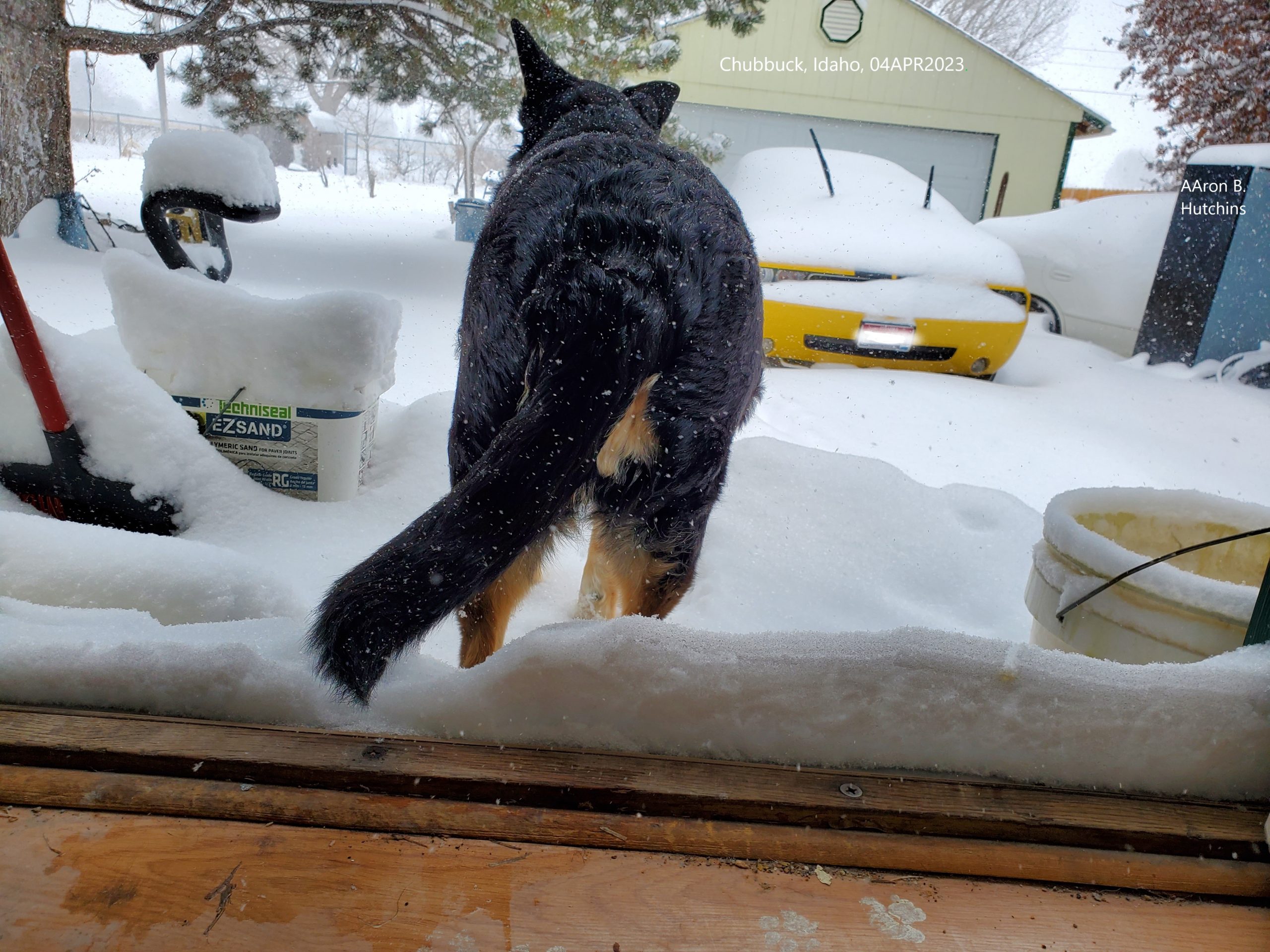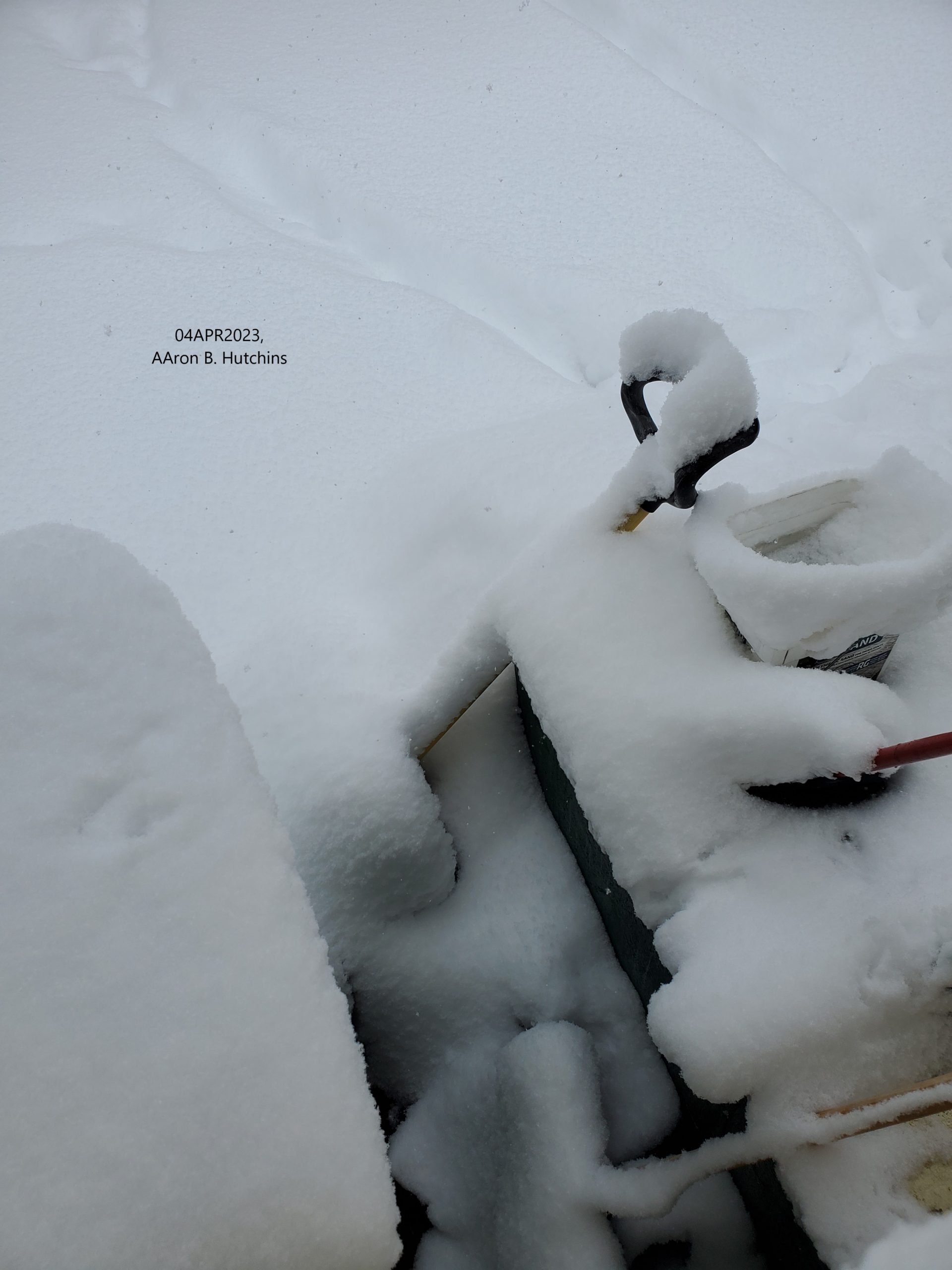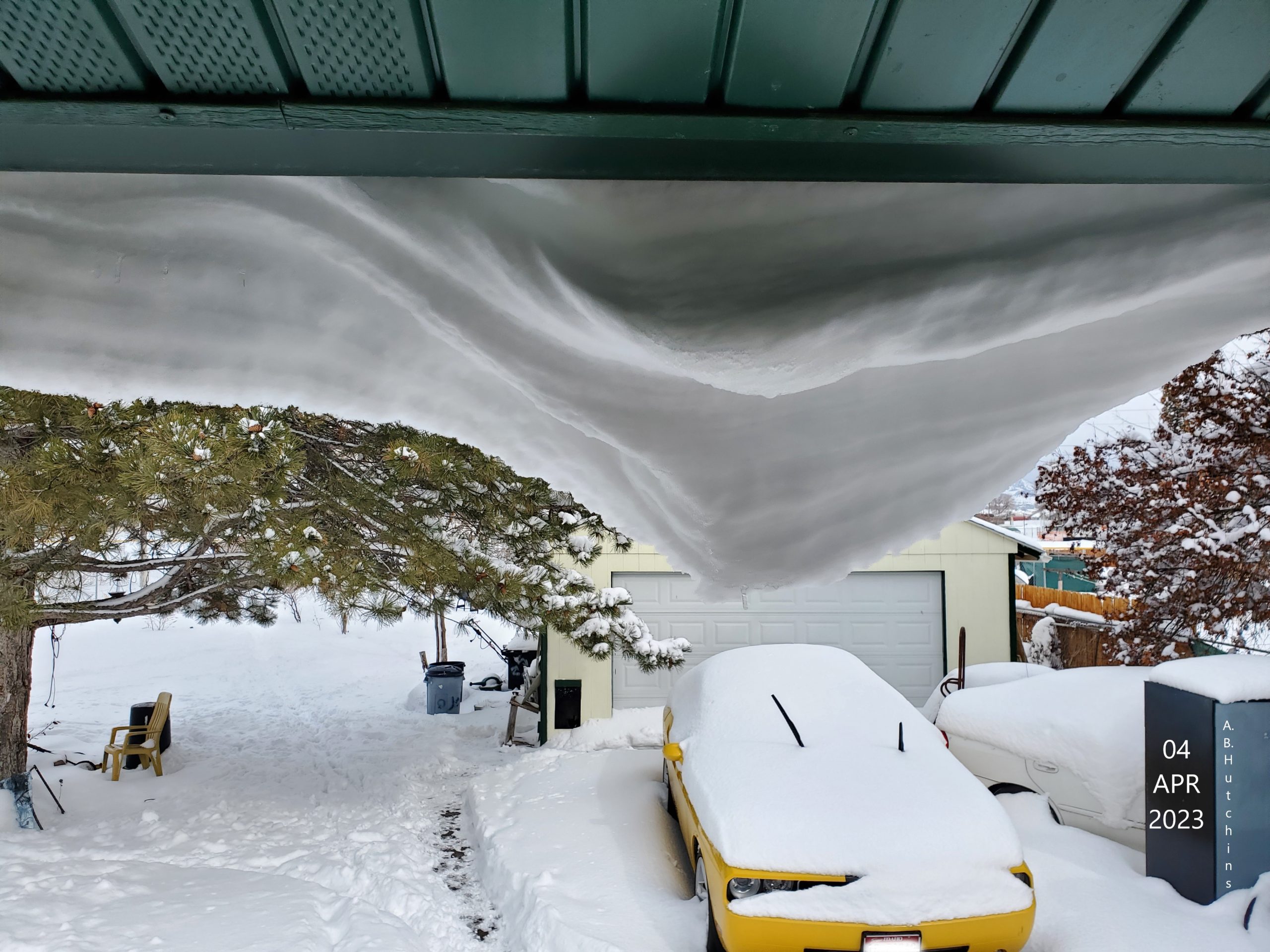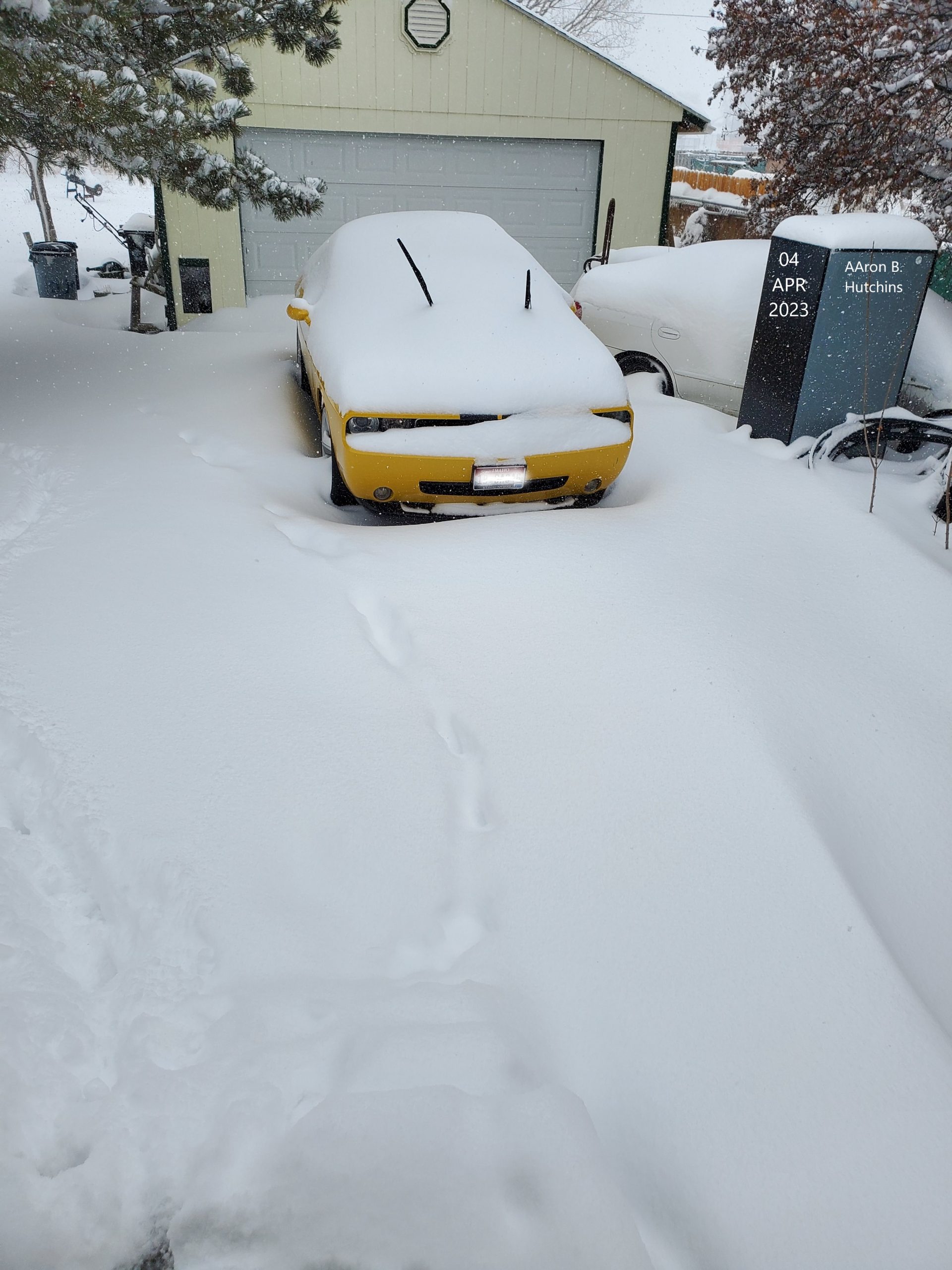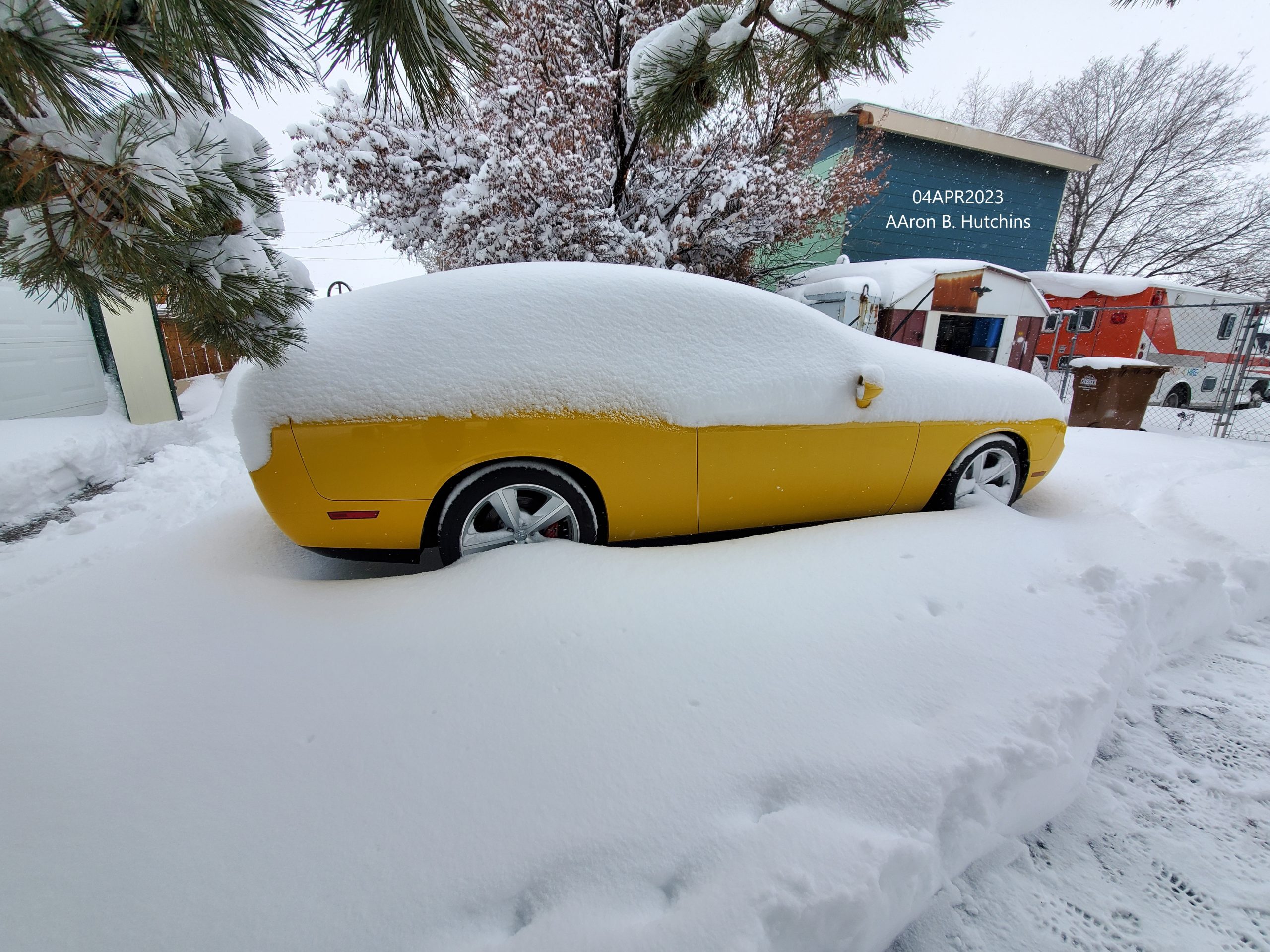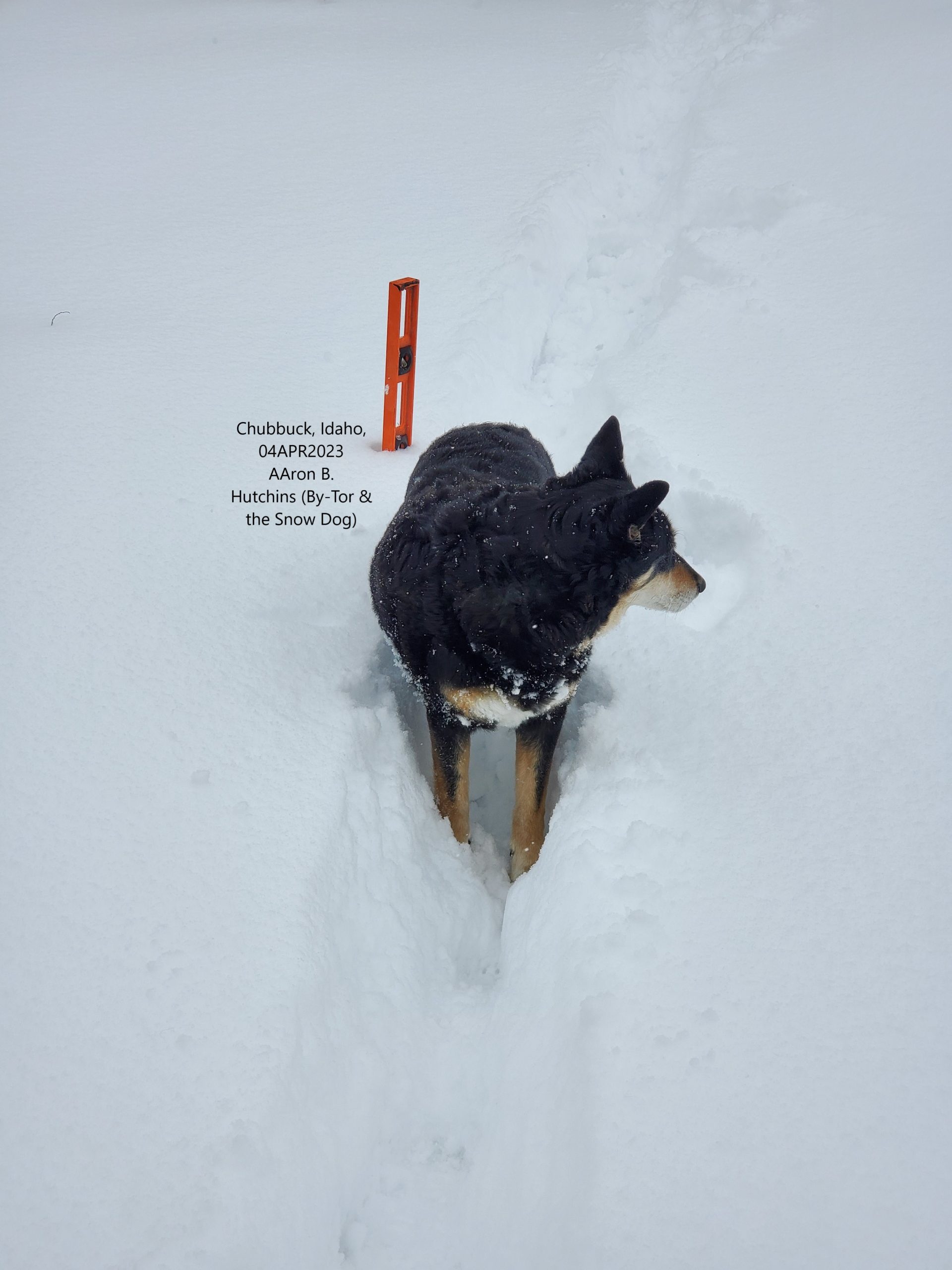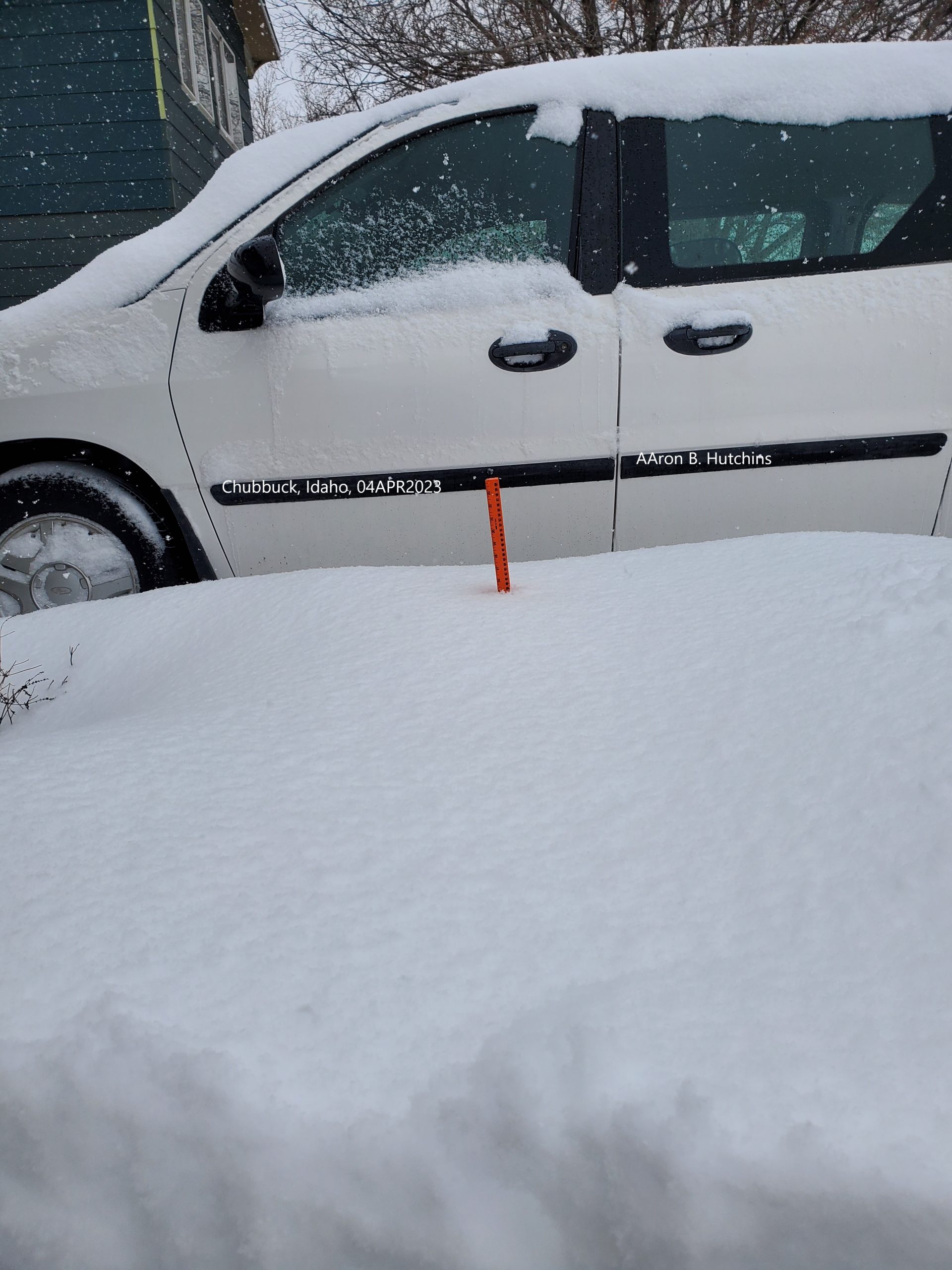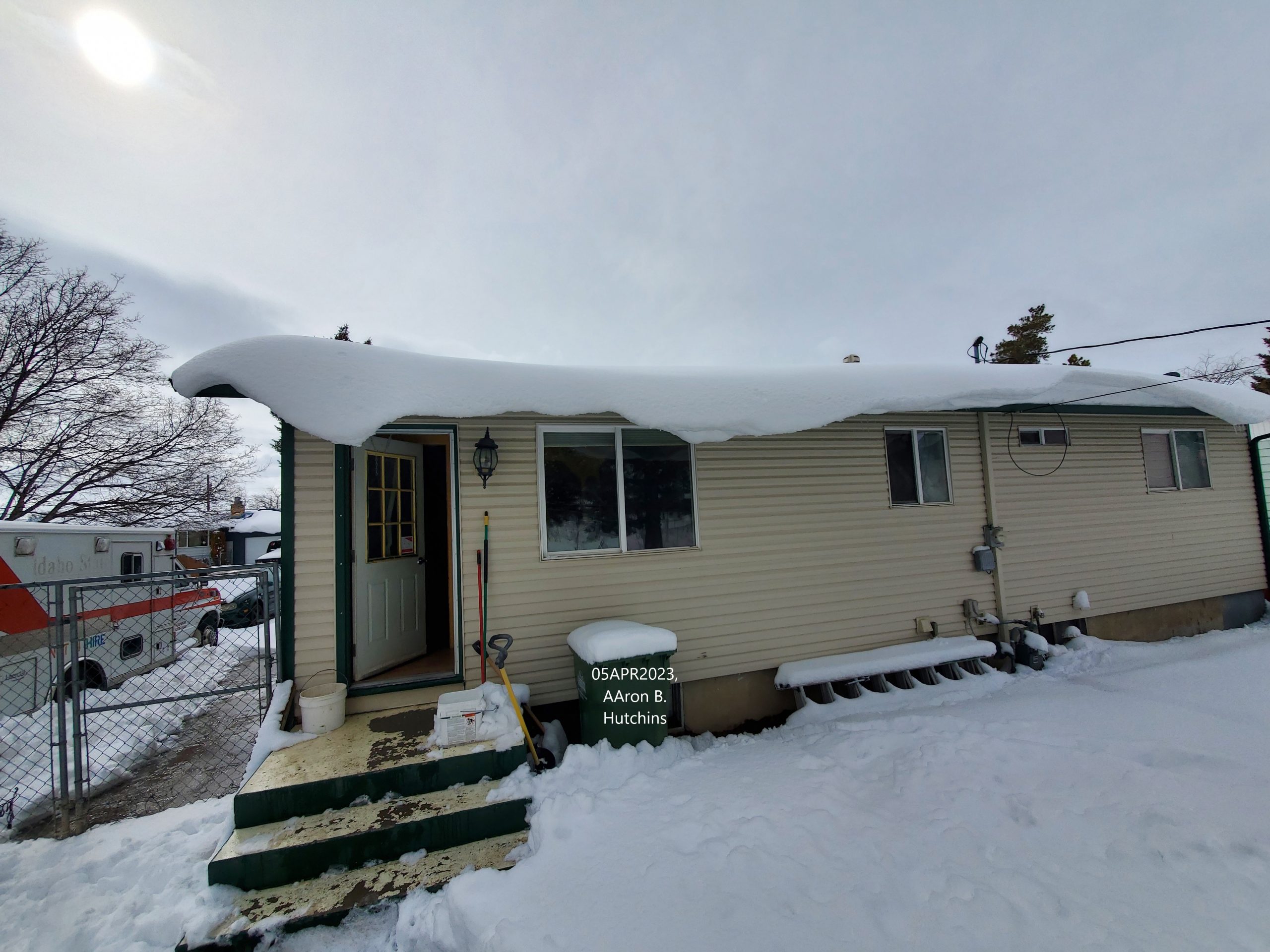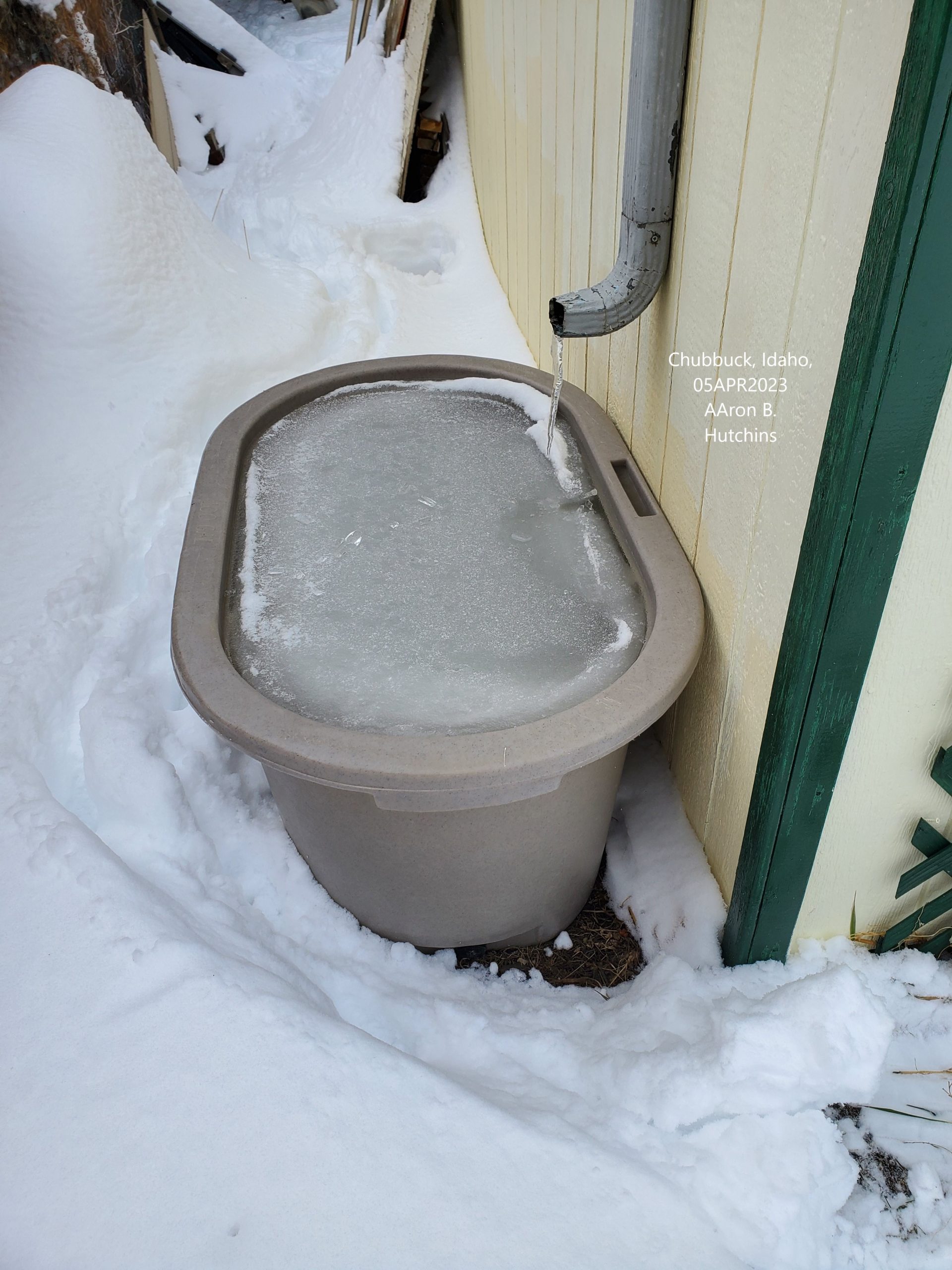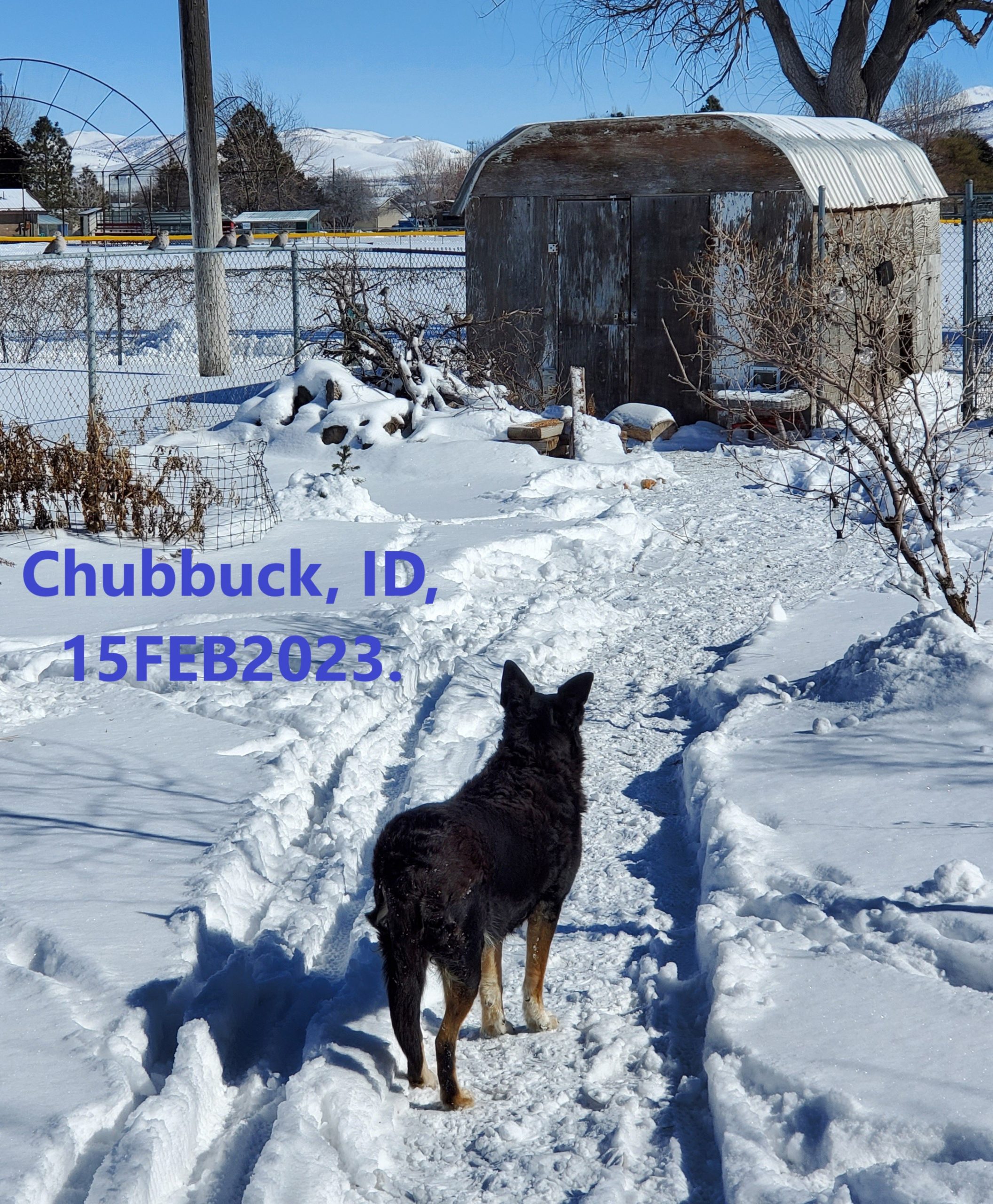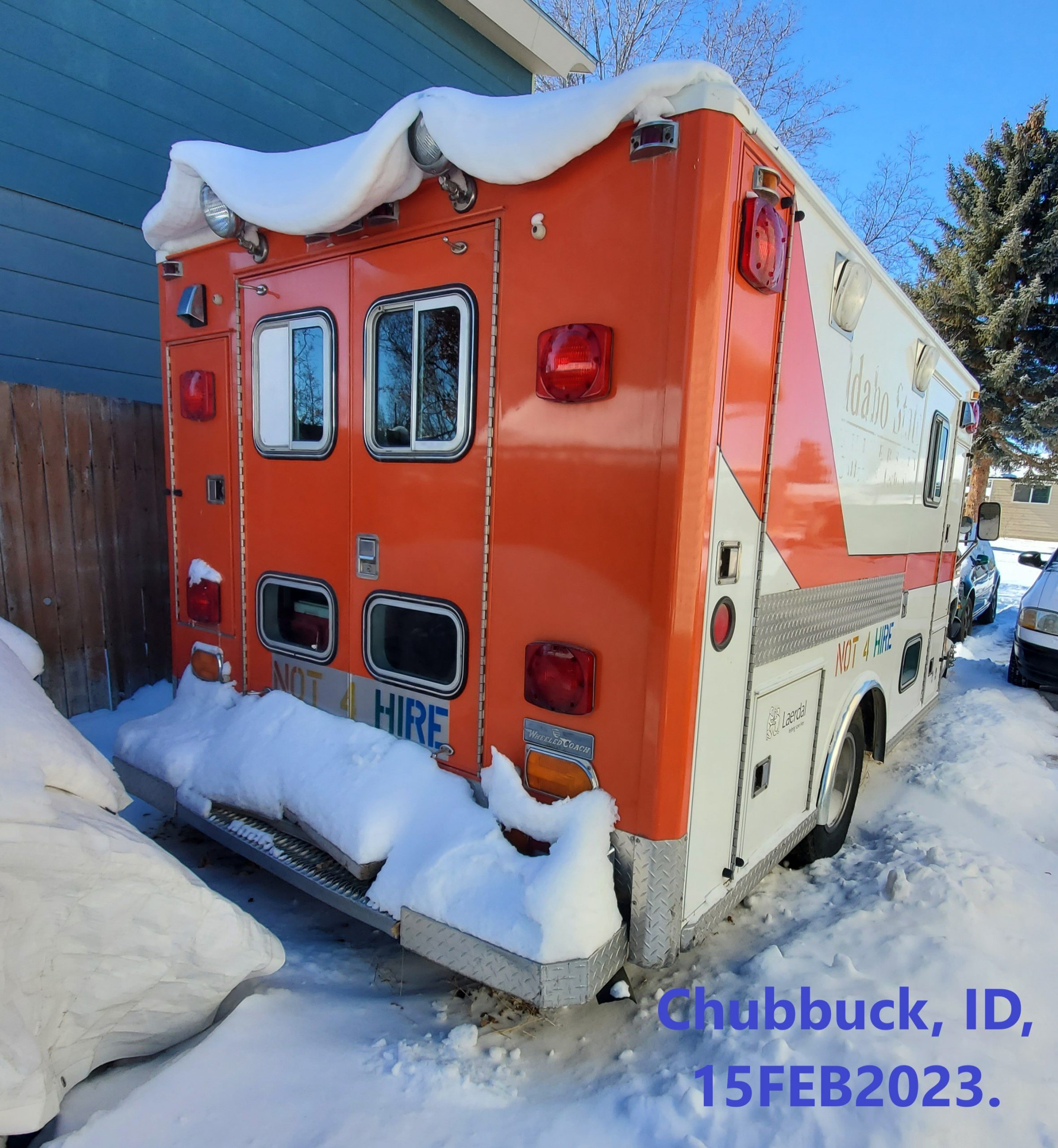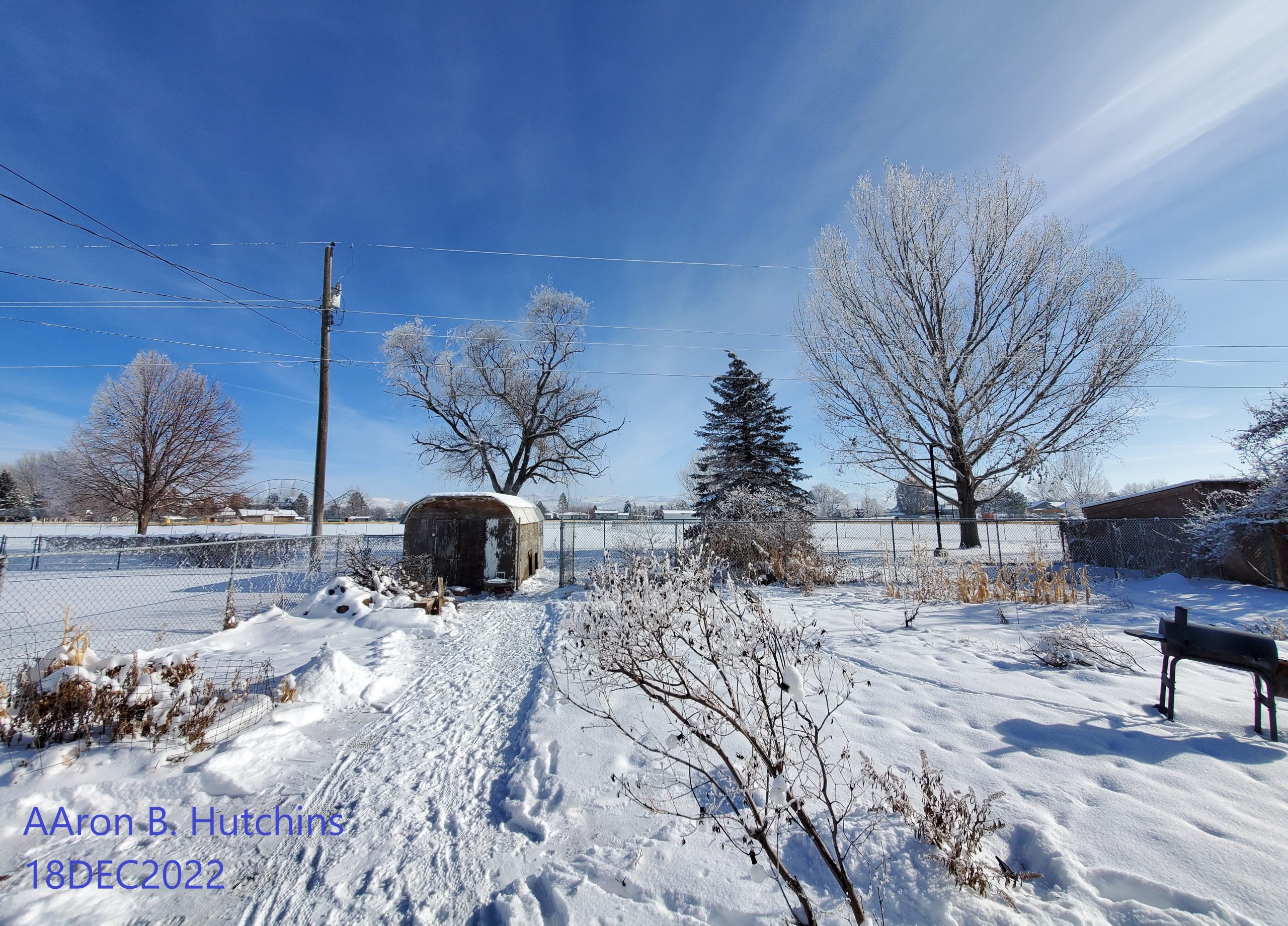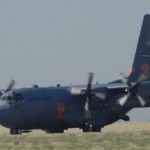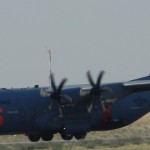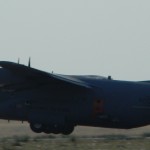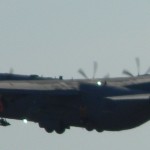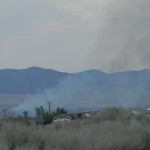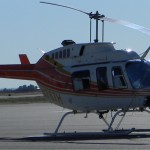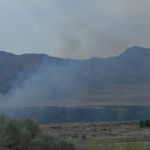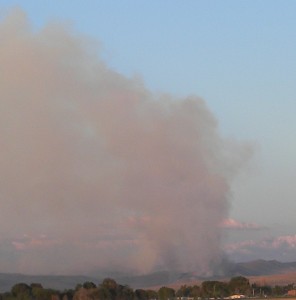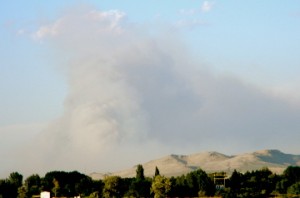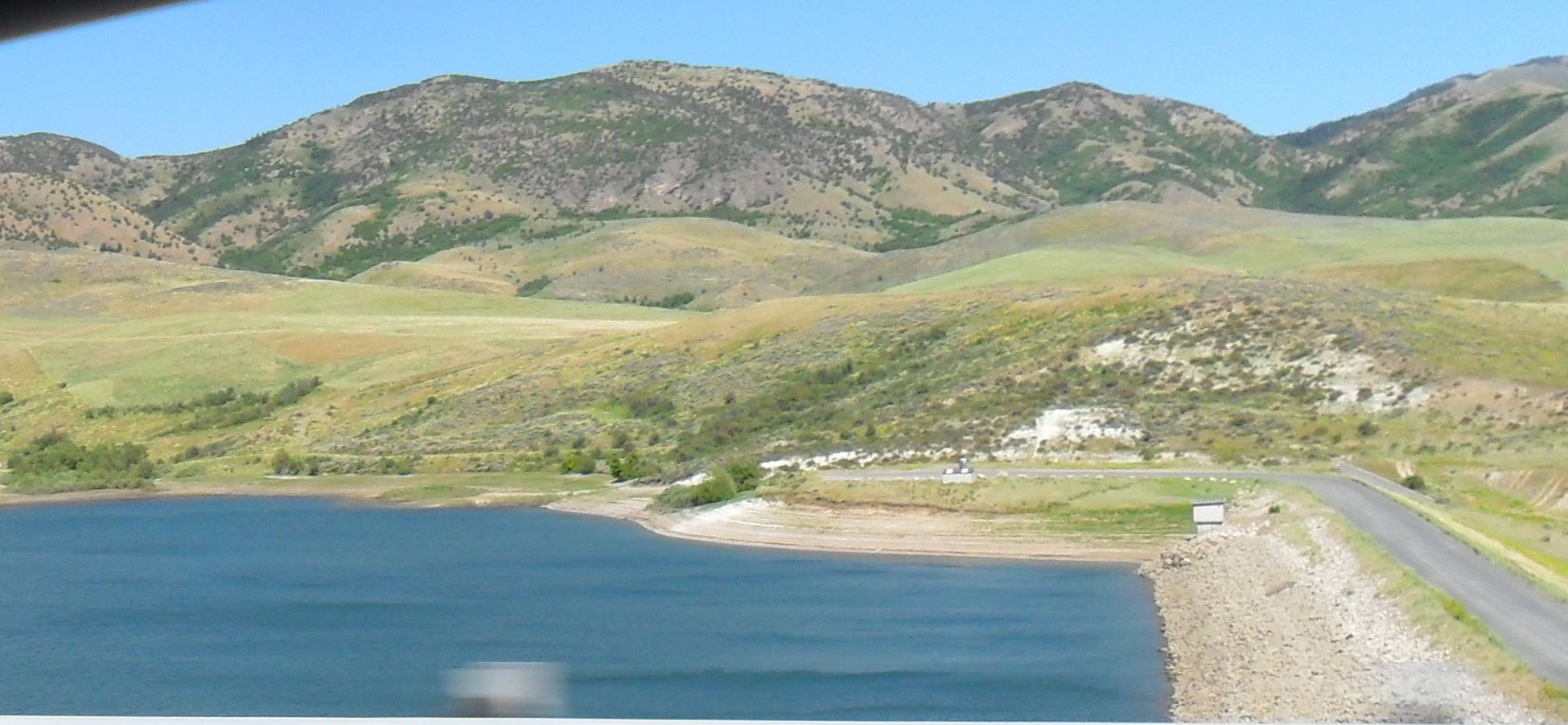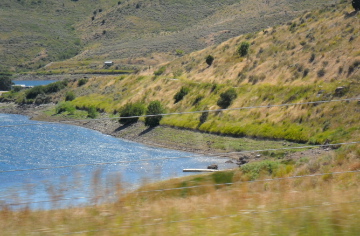On 11AUG2023, the U.S. Coast Guard District-14 (Hawaii-Pacific) released this silent video of the fire as it happened in the city of Lahaina, on Maui Island, Hawaii:
Also on 11AUG2023, the U.S. Army’s 94th Army & Air Missile Defense Command released this video (by Sergeant ZaBarr Jones) of the collection and staging of donations (food, water, clothes, baby formula, bedding and toiletries) from the residents of Honolulu, Hawaii:
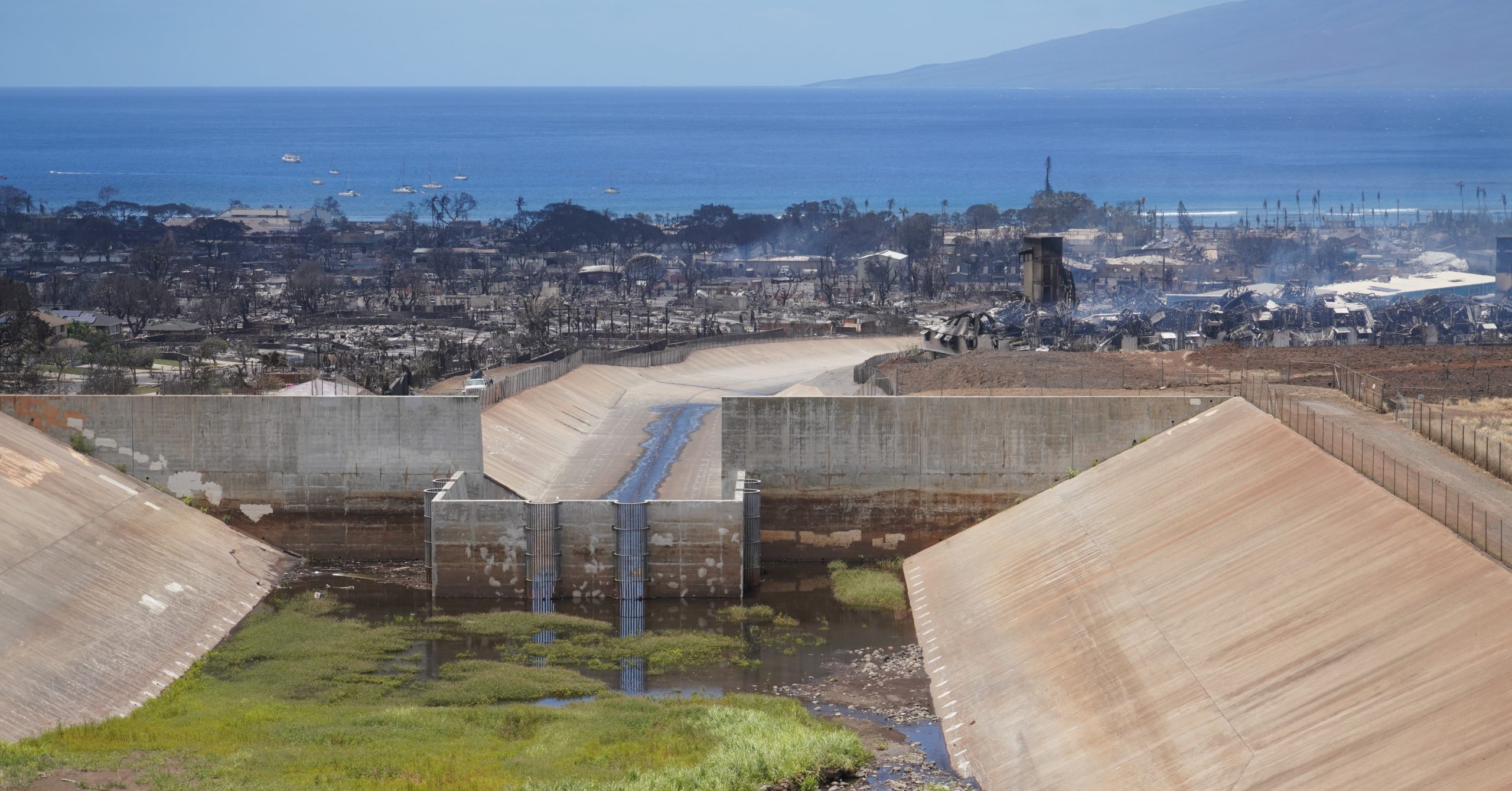
In the background is what’s left of Lahaina. In the foreground is a nearly empty fresh water reservoir, the islands of Hawaii are dealing with a drought. Hawaii National Guard photo by Master Sergeant Andrew Jackson, 09AUG2023.
On 10AUG2023, Hawaii Air National Guard’s 154th Wing helped deliver personnel and equipment of the Honolulu Fire Department to the island of Maui, using the Boeing C-17 Globemaster-3 cargo plane.
C-17 video by Staff Sergeant John Linzmeier:
On 09AUG2023, the Hawaii Army National Guard deployed two Cold War era Boeing CH-47 Chinook rotary wings to fight the fires. 58 total bucket drops in five hours, totaling more than 100-thousand gallons, dropped on the fires!
CH-47 video report by Master Sergeant Andrew Jackson and Master Sergeant Amber Monio:
On 09AUG2023, about 50 Hawaii Air & Army National Guard CERF-P (CBRNE Enhanced Response Force Packages) personnel were mobilized, and on 10AUG2023 joined with other emergency responders to conduct an initial ground recon/damage assessment of Lahaina on Maui Island, Hawaii. Video by Master Sergeant Andrew Jackson:

Hawaii’s National Guard is also assisting the local police. Hawaii National Guard photo by Master Sergeant Andrew Jackson, 09AUG2023.
U.S. Disaster, 2023:  VERMONT MILITIA FLOOD RESPONSE
VERMONT MILITIA FLOOD RESPONSE
WYOMING’S 1ST EVER VIGILANT GUARD, CATASTROPHIC COLLAPSE, SOCIAL UPHEAVAL!
NATIONAL GUARD PREPS FOR ‘BIG ONE’ IN THE WABASH VALLEY, RIOTS & CBRN EVENTS EXPECTED!
MAFFS PREPPING FOR 2023 WILDFIRE SEASON!
